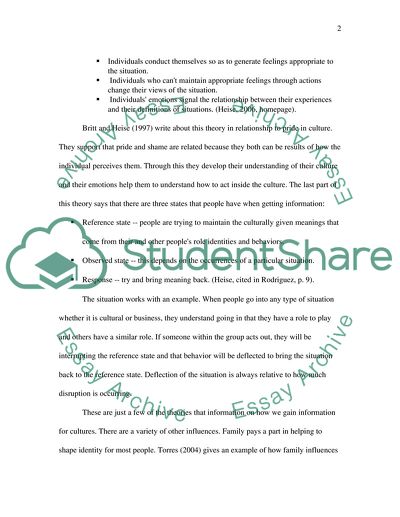Cite this document
(“What challenges does cultural diversity present for social psychology Essay”, n.d.)
Retrieved from https://studentshare.org/miscellaneous/1546748-what-challenges-does-cultural-diversity-present-for-social-psychology
Retrieved from https://studentshare.org/miscellaneous/1546748-what-challenges-does-cultural-diversity-present-for-social-psychology
(What Challenges Does Cultural Diversity Present for Social Psychology Essay)
https://studentshare.org/miscellaneous/1546748-what-challenges-does-cultural-diversity-present-for-social-psychology.
https://studentshare.org/miscellaneous/1546748-what-challenges-does-cultural-diversity-present-for-social-psychology.
“What Challenges Does Cultural Diversity Present for Social Psychology Essay”, n.d. https://studentshare.org/miscellaneous/1546748-what-challenges-does-cultural-diversity-present-for-social-psychology.


